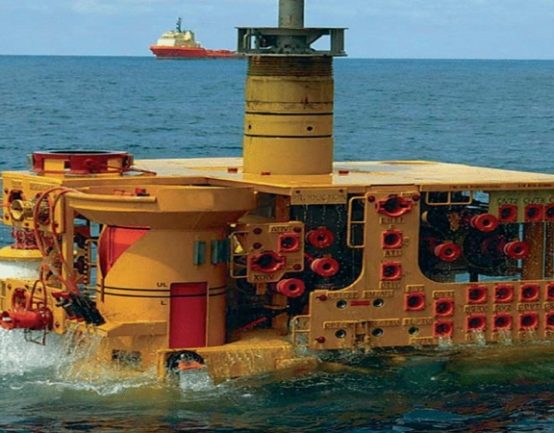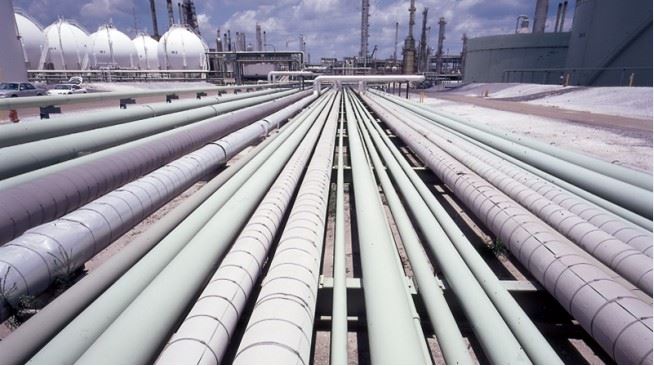In this post, we covered how to carry out flowline, pipeline & riser systems for onshore and offshore operations in Nigerian Oil and Gas sector. The basic statutory approvals you need, the design standards, the pipeline route, operation and maintenance of oil and gas pipelines and more. If you are looking for experienced company for flowline and pipeline maintenance services in Nigeria, Aziza M. E. S Limited is your reliable partner. Contact us today.
Note, the prescribed specifications and procedures we outlined are in line with NACE SP0169-2013, API RP1160-2019 and other internationally recognized standards approved by NUPRC for managing flowline, pipeline & riser systems for onshore and offshore operations in Nigeria.
Read Flowline & Pipeline Minimum Design Criteria/ Approvals
A proper design consideration shall be given to establish acceptable / tolerable limits for the design of any Flowline and Riser System in the Nigerian offshore and deep offshore locations. API STD 2RD and API RP1111-2015 shall form the additional basic reference codes / standards for the design of these systems.
Read: Pipeline Construction & Maintainance Services
Where model studies will be carried out for any of the systems associated with the FLRs, for the purpose of guaranteeing any design / technological procedure, the company shall notify the regulatory authority (NUPRC) at least four (4) weeks prior to the conduct of the exercise. The body shall have the liberty of nominating officers to witness and endorse the results generated in such model test activity.
Onshore Pipeline Route
The Pipeline route shall be operated and maintained as follows;
i. Pipeline markers at crossings shall indicate the location of the line and the name of the operating company.
ii. The right of way shall be maintained so as to have a clear visibility and give reasonable access to maintenance crews.
iii. Clear access shall be maintained to valve locations and ditches shall be protected against washout of the line.
iv. The right of way shall be regularly patrolled/monitored for prompt detection of any line break, encroachment or any other development that may endanger the safety of personnel, environment, and pipeline. Where there is such development, the Operator shall promptly take necessary actions to prevent escalation of hazard and report the development to the NUPRC within 24 hours.
v. All under water crossing shall be periodically inspected but not longer than once in two years to ensure that there is sufficient cover for the pipeline and that the safety of the line at crossings is not endangered in any way.
Read: LPG Tank Construction & Installation
Offshore Pipelines Route
Offshore Pipelines shall be operated in line with internationally recognized standards. The operator shall ensure that for offshore pipelines connected to platform risers, the riser installations shall be visually inspected annually for physical damage or corrosion in the splash zone and above. Records of such inspections shall be kept on site and made available on demand.
The Gas Pipelines shall be operated and maintained in line with internationally recognized standards. Additionally, the following shall apply at the minimum:
i. Any gas pipeline that will be inactive for more than six months after construction/operation shall be preserved with inert gas or nitrogen.
ii. Where a pipeline will be inactive for more than one year, such pipeline shall be pressure tested and certified by officials of the regulatory body before being put into use again.
iii. Gas pipeline systems shall be purged with water, air or inert gas before undertaking any repairs.
iv. The environment of the repair site for gas pipelines shall be constantly monitored with gas detecting device to ensure adequate safety.
Read: NCEC Certificate Registration

Flowline and Riser Operation & Maintenance
The approved operation and maintenance schedules shall be appropriately implemented during the operational life span of the FLR systems. Failure to fully implement the approved O&M programs shall become an offence punishable under the applicable Petroleum Regulations and Act.
Monitoring of Cathodic Protection Systems
Cathodic protection facilities shall always be maintained in serviceable condition. The following shall be ensured at the minimum:
i. Cathodic protection facilities shall be electrically tested and inspected once a year with appropriate corrective measures taken where such inspections reveal any weakness in the system.
ii. A report of such inspections shall be lodged with the regulatory body at the completion of such exercise.
iii. All sources of impressed current rectifiers and other associated devices shall be inspected and tested at quarterly intervals to ensure that they are functioning properly.
iv. These inspections shall be carried out in the presence of representatives of the body.
Monitoring of Internal Corrosion
This shall be by the running of intelligent pig or other internal pipeline survey instrument as may be approved by the NUPRC throughout the whole length of the pipeline at least once in five years. This inspection (data gathering) as well as the data interpretation shall be carried out in the presence of representatives of the body. A report of such inspection shall be lodged with the body.
Read: How to Start Oil & Gas Business in Nigeria
Upgrade of Maximum Operating Pressure of Pipeline
Any Licencee that desire to upgrade the maximum operating pressure of its pipeline shall lodge an application with the regulatory body to that effect giving the following information:
i. The reason for the desire to operate the system at a lower/higher pressure than its original maximum designed pressure.
ii. The maintenance/leak/repair history of the pipeline to be upgraded.
iii. The modification that shall be made to the pipeline system to qualify it for upgrading in accordance with the specifications contained in ASME 31.8-2018
iv. The test that will be carried out on the pipeline system after upgrading which shall be compatible with the procedure outlined in Section 3.4.1 of this document in which the upgrade maximum operating pressure will now be pressure parameter to use for the tests.
v. Evidence of payment of N 500,000:00 made payable to the regulatory authority as processing fees.
The grant of approval to carry out the upgrading and operate the upgraded pipeline at the new pressure shall be contingent upon satisfactory fulfilment of the conditions listed in above.
Read: Gas / LPG Businesses & How to Start
Change Of Substance Transmitted by The Pipeline
This shall apply to situations when the Licences desire to change the nature of the fluid transmitted by the pipeline in the following manner:
i. From Liquid Petroleum to Gas
ii. From sweet Gas to Corrosive Gas
iii. From Hydrocarbon substance to water etc.
In all such cases, an application for making the change shall be made to the regulatory body(ies) giving the following information.
i. The reason for the change
ii. The maintenance history of the pipeline in question
iii. The modifications that shall be made to the pipeline system for it to be capable of rendering the new service.
iv. Other relevant information that will enable the regulatory body to undertakes a realistic assessment of the request for the purpose of approval.
The application shall be accompanied with a payment of N500,000:00 made payable to the NUPRC as processing fees.
For Flowline and Pipeline Operations and Maintenance services, Aziza M.E.S Limited (Aziza Group) is your right partner across Nigeria and other continents. Feel free to contact.


